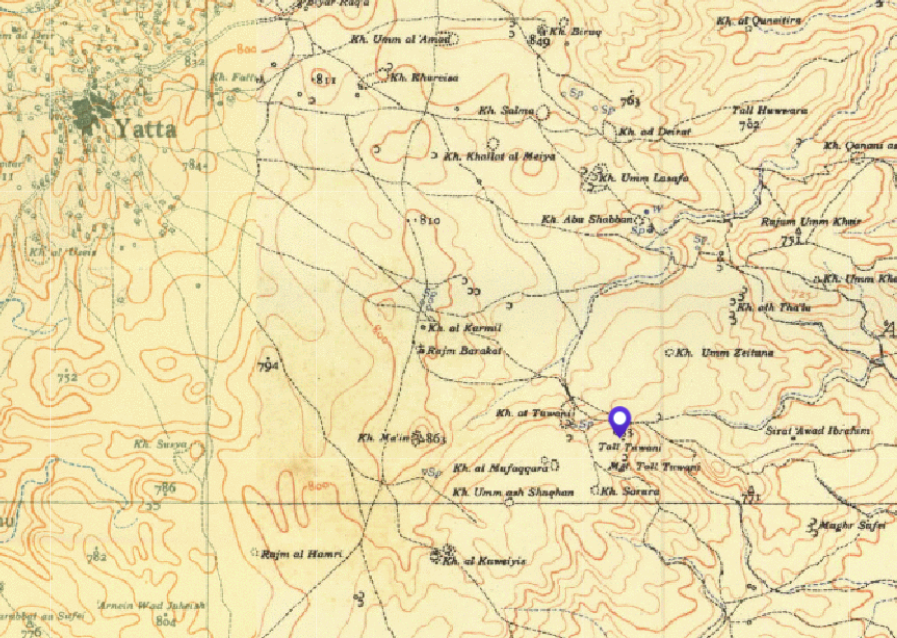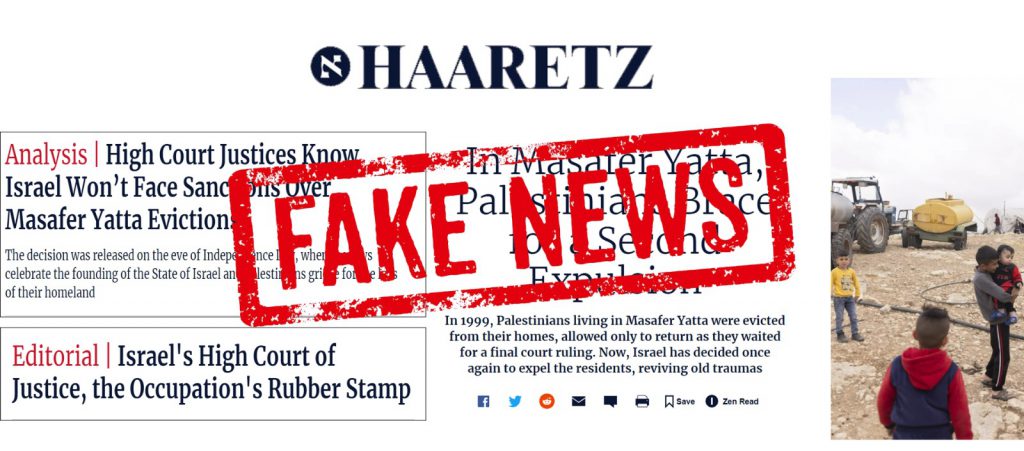The Masafer Yatta case illustrates how leftist propaganda manipulates the kind hearts and good intentions of people in Israel and around the world.
It’s a whale of a tale that has enabled anti-Israel organizations, foreign governments and the Palestinian Authority to turn run-of-the mill illegal construction into a massive international issue. It also illustrates that although “better late than never” might work in some situations – in others, if you miss the boat, the ship sails on and you’re left to swim against the tide and battle the sharks on your own.
The area referred to as Masafer Yatta is state land, which was declared a military training ground in the early 1980s. Like all state lands set aside for military use, there was not, nor had there been in over 100 years, settlement of any kind on the land in question – no private property, no historic villages, nothing. This is a desert area, very difficult terrain, with no water or arable land. During the Ottoman era it was classified as mawat – “dead” – and owned by the sultan (in other words, by the state); the same classification carried through the Mandatory era and the Jordanian occupation. Mandate-era maps (below, 1935) show some archaeological ruins in the area, but no settlement of any kind. By comparison, the map shows Yatta and Hebron, Bani Naim and other villages that were real, actual settlements during the same period. “Masafer Yatta” was desolate.

Aerial photos from as recently as 1997 make this point unequivocally – but they aren’t really necessary: The “proof” offered to the High Court of Justice by the Arab plaintiffs in the Masafer Yatta case actually disproves their claims. The recent High Court decision lists some of the more egregious examples that prove unequivocally that the residents of the illegal “villages” of Masafer Yatta arrived after the IDF closed off the area for military use. It also proves that these residents, almost without exception, have permanent homes in the nearby town of Yatta.
How were these “villages” born? The shepherds of Yatta would sleep in caves in nearby grazing areas, rather than trekking back to the village each night. After the IDF closed off the area, the shepherds were permitted to continue grazing their flocks there; the IDF gave them a few days’ warning before live-fire exercises to insure that no one got hurt. The Palestinian Authority seized the opportunity – and began funding construction of permanent structures. Foreign interests jumped right in after them, funding infrastructure projects to support the “indigenous farmers” – laying water and electricity lines that enabled more and more people to set up homesteads on the “free” land. This pattern, repeated all through the area, was exposed in the High Court of Justice – by the plaintiffs themselves!
The first petitions regarding Masafer Yatta were filed over 20 years ago by leftist organizations that tried to wrest control of the area out of the State’s hands. Temporary injunctions weren’t merely ignored, they were trampled – but instead of immediately tearing down the few structures that had popped up in the firing zone, the IDF kept pulling back, limiting the area it used for training, to avoid harming the squatters. What started off as a few structures in three specified areas metastasized into hundreds of structures, many hundreds of residents, and a brand new fake-news international humanitarian crisis. A full two decades passed before the High Court finally asserted what had been clear from the start: The Arab claims to this land are unfounded, and the claim that Israel is dispossessing indigenous people is a lie.









